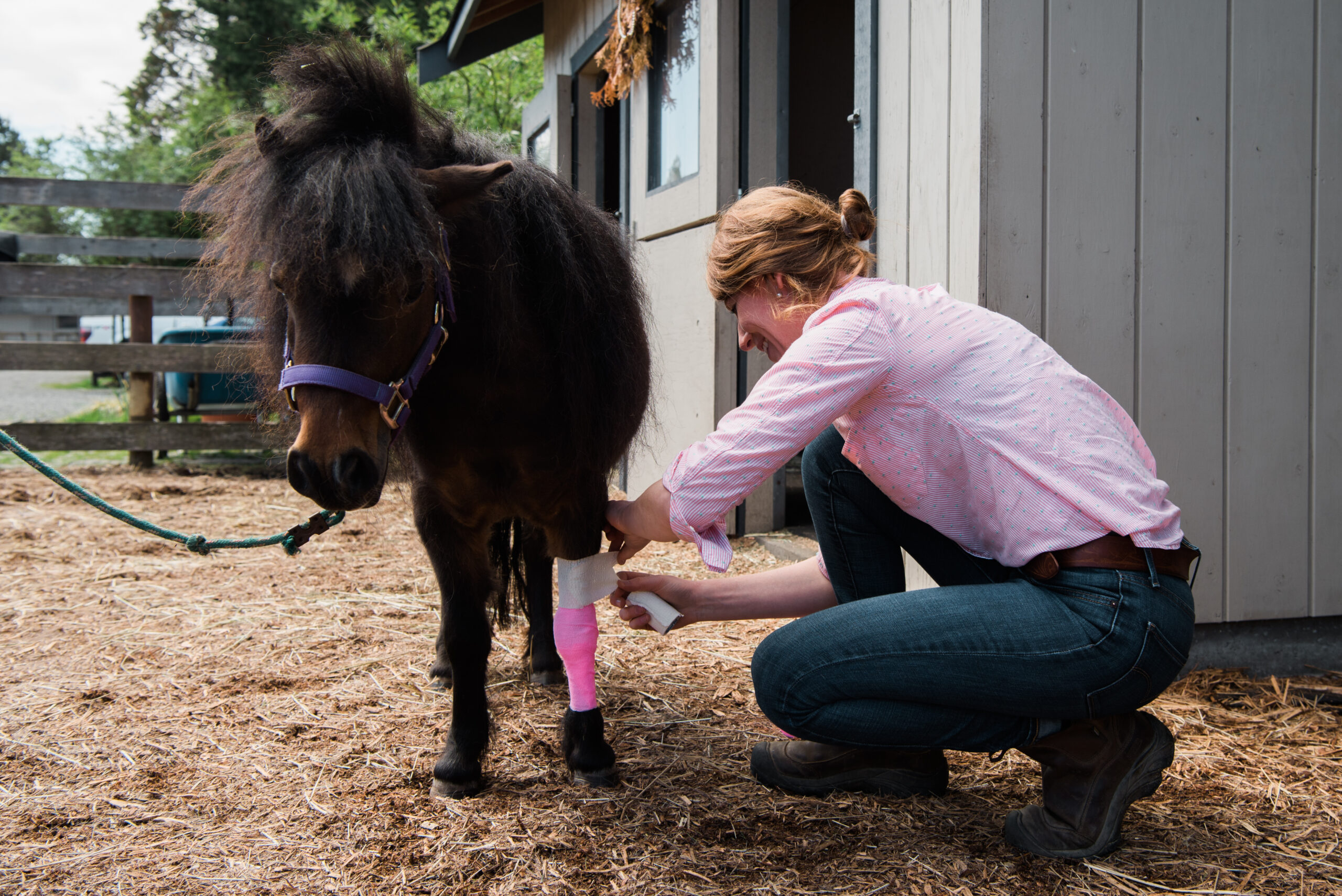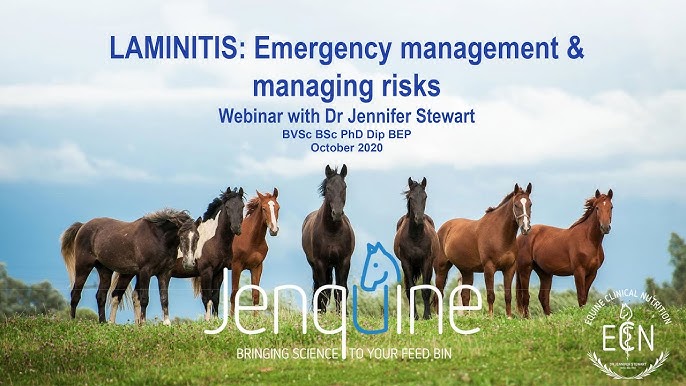Emergency Feeding for Your Horse During Natural Disasters

Natural disasters such as hurricanes, floods, wildfires, and earthquakes can pose significant challenges to horse owners, especially when it comes to ensuring their animals receive proper nutrition. Emergency feeding is a critical aspect of disaster preparedness and response, helping to maintain your horse’s health and well-being during these stressful times.
Understanding the Importance of Emergency Feeding
During natural disasters, regular feed supplies may become scarce or inaccessible. Horses rely on consistent nutrition to maintain their energy, immune function, and overall health. Disruptions in feeding can lead to weight loss, colic, or other health complications.
Preparing an Emergency Feeding Plan
Creating a detailed emergency feeding plan is essential. This plan should include:
- Stockpiling Feed: Store a minimum of 7-14 days’ worth of hay and grain in a dry, secure location.
- Alternative Feed Options: Identify safe alternative feeds such as beet pulp, hay cubes, or soaked pellets.
- Water Supply: Ensure access to clean, fresh water, including backup sources like water tanks or bottled water.
- Feeding Equipment: Keep extra buckets, feeders, and tools ready.
Types of Emergency Feed
| Feed Type | Description | Benefits | Storage Tips |
|---|---|---|---|
| Hay | Dried grass or legumes | High fiber, essential for digestion | Store in a dry, ventilated area |
| Grain | Oats, barley, corn | Energy-rich, supports activity | Keep in sealed containers |
| Hay Cubes | Compressed hay in cube form | Easy to store and transport | Store in airtight bags |
| Beet Pulp | Byproduct of sugar beet processing | High fiber, digestible energy | Keep dry and cool |
Feeding Tips During Disasters
- Feed smaller, more frequent meals to reduce digestive upset.
- Monitor your horse’s condition closely for signs of stress or illness.
- Avoid sudden changes in diet; introduce new feeds gradually if possible.
- Maintain hydration at all times.
Frequently Asked Questions (FAQ)
Q1: How much feed should I stockpile for my horse?
A: Aim for at least 7 to 14 days’ worth of feed, considering your horse’s size and dietary needs.
Q2: Can I feed my horse human food in an emergency?
A: It’s best to avoid human food as it may not meet nutritional needs and could be harmful.
Q3: What if my horse refuses emergency feed?
A: Try mixing the new feed with familiar feed gradually to encourage acceptance.
Q4: How do I ensure water availability during a disaster?
A: Store extra water supplies and have multiple sources, such as water tanks and bottled water.
Conclusion
Being prepared with an emergency feeding plan can make a significant difference in your horse’s health during natural disasters. Prioritize stockpiling appropriate feed, maintaining hydration, and monitoring your horse closely to navigate these challenging times effectively.
